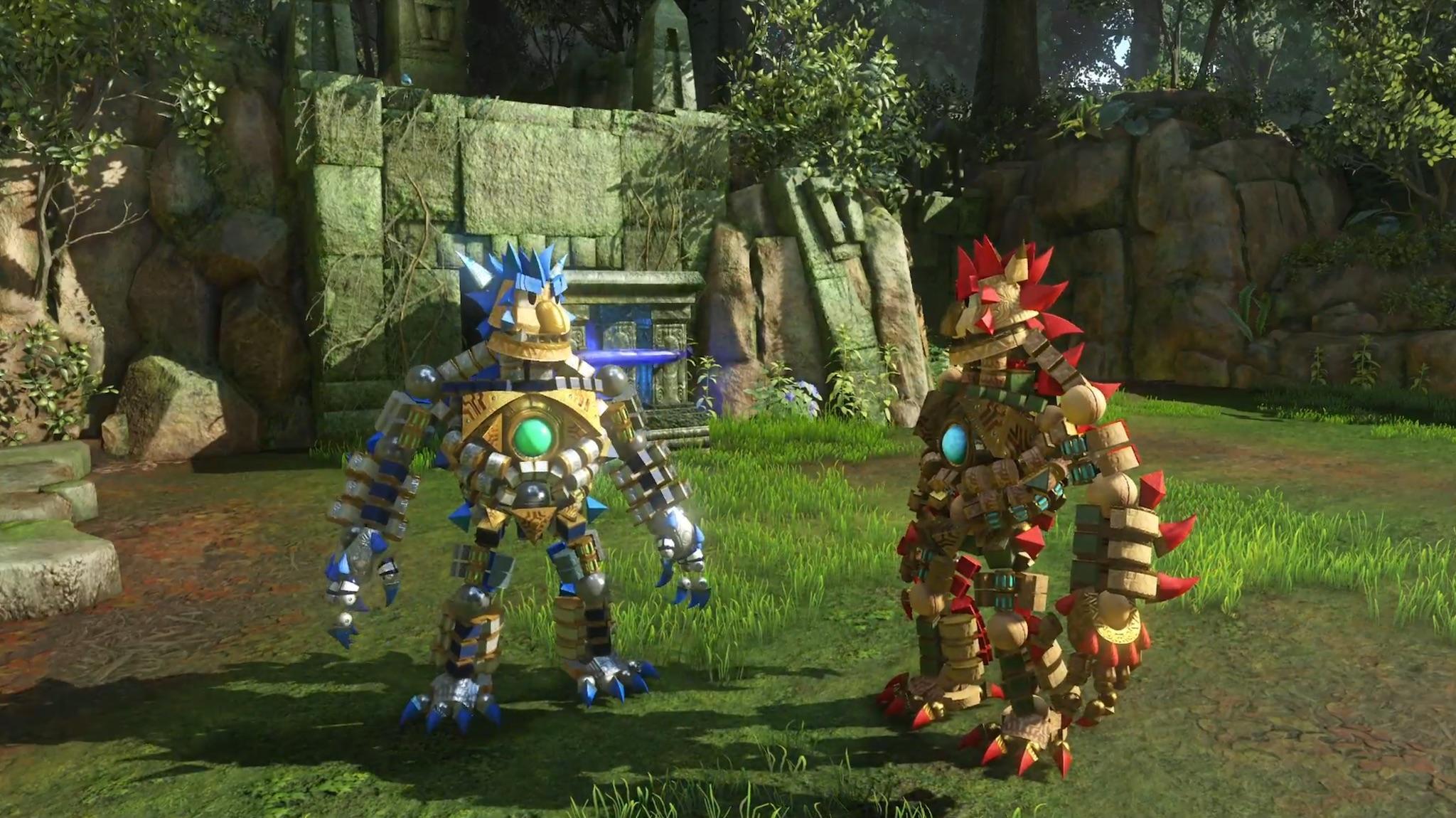Knack 2: How developers came back after one of the hottest PS4 games was met with cool reception
Small references and major upgrades show that developers have been listening

Knack was the first PlayStation 4 game ever seen, for many people. And for a while it seemed like many people might never see it again.
The game was a launch title for the console in 2013, making it one of the most visible games in the world. Now Sony is bringing the sequel – a game that comes with all the same focus, and a lot of extra baggage.
The first version of Knack was envisioned as a game in the mould of Crash Bandicoot: simple enough while still offering complexity that would reveal itself with time, and a game that could be dropped in and out of. Like Crash Bandicoot, Sony hoped that the game would show off the best of the console, making the most of the new controller and the prettied up graphics.
But the reception was, as Wikipedia likes to say, “mixed”. The aggregator site Metacritic gave the game an average score of 54, and even the more sympathetic reviews came with a series of caveats: the game was good despite its problems, or it was great but failed to meet its even bigger potential.
Ordinarily, that might have meant the game faded into obscurity, enjoyed by those who liked it and forgotten by those who didn’t. But ordinary games aren’t launch titles of a huge console, headed up by a legendary director.
This time around, that auteur Mark Cerny admits that “there isn’t that level of expectation”, and that the game now emerges into a world of more games and less pressure. (It’s not really possible to imagine there could be more expectation, given the game was the lead title for the biggest games console ever released.)
But he’s humbled by the reaction, and intent on living up to the constructive part of the criticism. The game explicitly nods to the various problems people had with it, in jokes and lines that are packed into the game – but more significantly, it also responds to those problems by fixing itself in various very fun ways.
“There was a mixed reaction to Knack 1 that had more to do with the direction specifically I was heading with the title,” says Mr Cerny. “I was looking at the controller and thinking: wasn’t it good for something to be easier for someone who hadn’t picked up the controller”, which led to a kind of simplicity that reviewers would go on to complain about.
What was intended as an easy introduction would go on to be criticised as over-simplistic shallowness.
At one point, a character mocks Knack for the simplicity of his attack. “It’s hard to believe you saved the world. All you know are three punches and a kick.”
That is included in part as a signal to players that their problems with the first game have not only been listened to, but directly responded to. Running throughout Knack 2 are modest admissions that mistakes have been made, and that this time around developers have tried to fix them.
Knack 2 still holds onto the accessibility that it was aiming for the first time around. That means that there’s a focus on making things simple – but not simplistic.
“This time around, without sacrificing anything, we wanted it to be something that could be someone’s first game. And that means you will not be controlling the camera with the right joystick, because that’s a skill that takes 15 hours to learn.
“And that is the key thing we had to have for this title, and everything you’re doing is in that context.”
And others complained about wildly varying difficulty. Sometimes the game was so easy that it became boring; other times it was so difficult as to be fatally frustrating.
“It also very old school – you’d take one or two hits and die. It was very retro in that respect. This is much more conventional.”
The game holds onto the retro elements that are largely lacking in many explosive, murderous modern games.
That includes co-op play, which can be done locally. And, notably, it can be done whenever you like: the game is built so that people can join, and then un-join, whenever they want.
“We had co-op on Knack 1 but it was added at the end of the project. And it was clear that what we put in was being received well but that we could have definitely put in more.
“So in Knack 2 we took a hard look at the co-op feature set form when we started.”
It seems to be working. The game was taken to an international toy fair where young players were queuing up for 90 minutes to play the co-op mode – and then going all the way back to the beginning of that queue to start again.
Waiting, being pleasantly surprised, starting again – they’re all things that the Knack franchise and Mr Cerny know well. Now they just have to hope the second version of the game gets all those players coming back to queue up all over again.
Bookmark popover
Removed from bookmarks